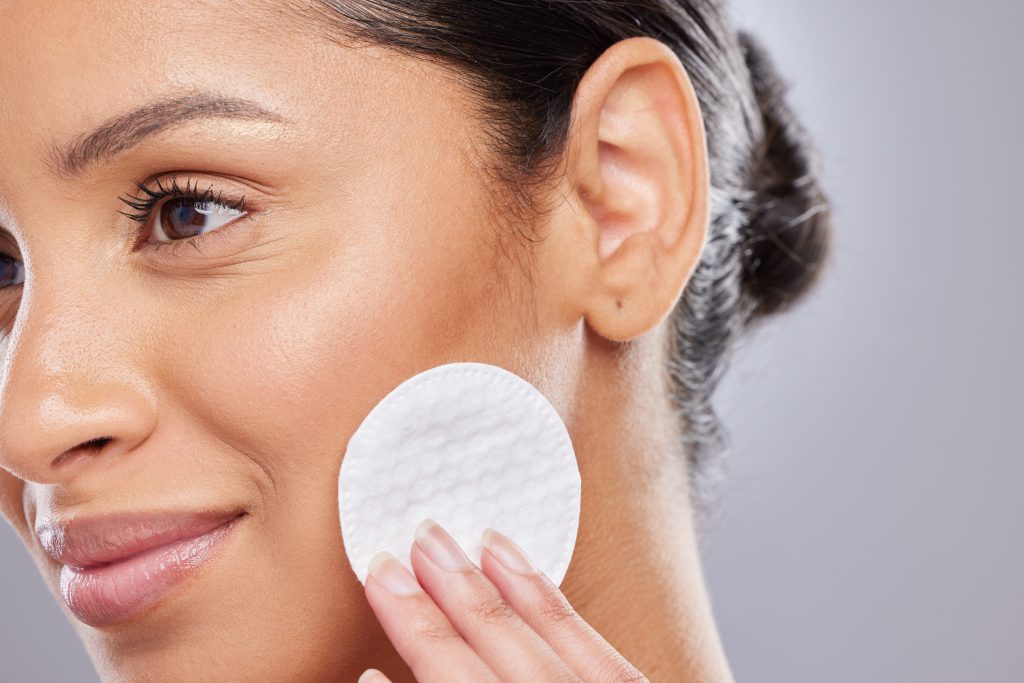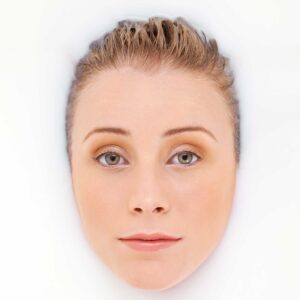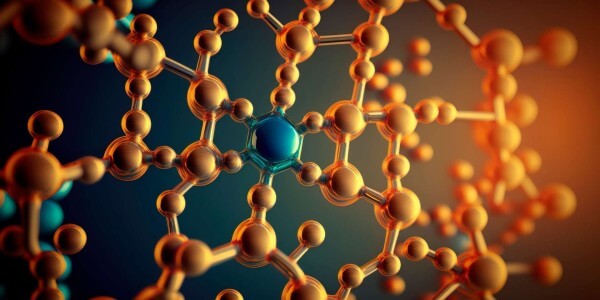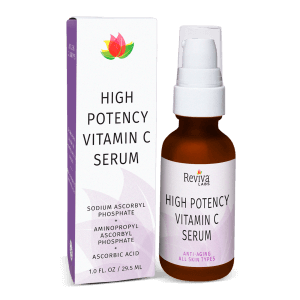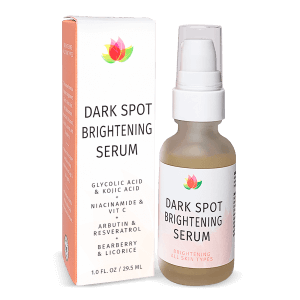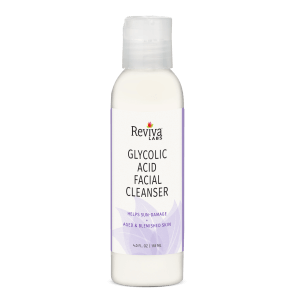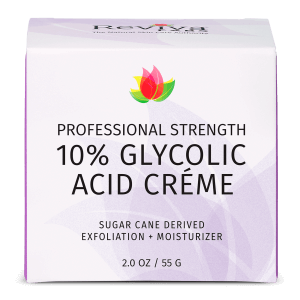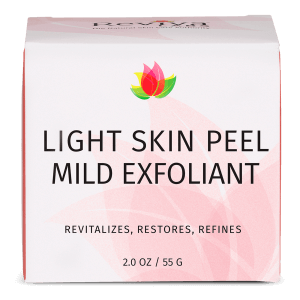Ingredients, Natural, Reviva Labs, Skin Care
What to do about the overproduction of Sebum
What is Sebum?
Sebum is a natural, oily substance produced by the sebaceous glands in the skin. These glands are located throughout the body but are particularly concentrated on the face and scalp. Sebum plays a crucial role in maintaining healthy skin by providing a protective barrier that locks in moisture and keeps the skin hydrated. It also has antimicrobial properties, which help defend the skin against harmful bacteria and fungi.
While sebum is essential for skin health, the body needs to maintain a delicate balance in its production. If the body doesn’t produce enough sebum, the skin can become dry, and cracked skin leaving it more prone to irritation and infection. On the other hand, overproduction of sebum can lead to a range of skin problems, such as acne, clogged pores, and an overall oily complexion. Understanding the factors that influence sebum production is key to maintaining balanced skin.
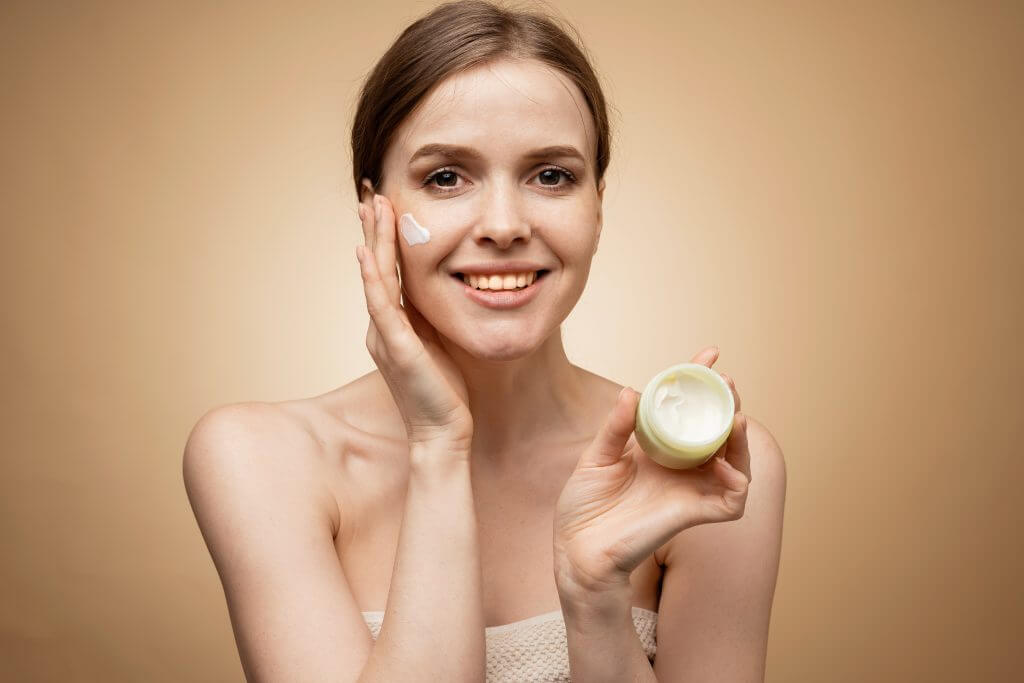
Causes of Excessive Sebum Production
A number of factors can cause the skin to produce too much sebum:
- Hormones play a significant role in the overproduction of sebum. Androgens, a group of hormones present in both women and men, stimulate the sebaceous glands to produce more oil leading to oily skin and acne. This is why hormonal changes during puberty, menstruation, pregnancy, and menopause can have a huge impact sebum levels and the overall condition of your skin.
- Genetics also play a role in how much oil your skin products. Basically, if your parents had oily skin, there’s a good chance you’ll have it too.
- Environmental factors such as hot, humid weather can trigger the skin to produce more oil as a way to protect itself.
- Using harsh skincare products can strip the skin of its natural oils, prompting the sebaceous glands to go into overdrive to compensate for the loss.
- High levels of stress can lead to hormonal fluctuations, while a diet high in processed sugars and fats can exacerbate oil production.
Consequences of Overproduction
Too much sebum can lead to several issues, most notably acne. Excess oil can mix with dead skin cells and clog pores, creating an environment where bacteria can thrive. As a result, pimples, blackheads, and whiteheads can appear. In severe cases, it can lead to cystic acne, which is more painful and challenging to treat.
Apart from acne, overproduction of sebum can make the skin appear shiny and greasy, which might be aesthetically unpleasing. It can also make makeup application difficult, as the oil can cause makeup to slide off or look patchy. Furthermore, clogged pores can lead to enlarged pores over time, giving the skin a rough texture.
How to Reduce Sebum
Reducing sebum overproduction involves a combination of lifestyle changes and skincare practices. One of the most effective ways to manage sebum levels is through a consistent skincare routine that includes gentle cleansing, exfoliation, and moisturizing. Using a mild, non-comedogenic cleanser can help remove excess oil without stripping the skin. Exfoliating with products containing salicylic acid or alpha hydroxy acids can help keep pores clear and reduce oil buildup. Additionally, using a toner with ingredients like witch hazel can help control oil and tighten pores.
Incorporating a lightweight, oil-free moisturizer is also essential. While it might seem counterintuitive to moisturize oily skin, skipping this step can lead to increased oil production as the skin attempts to compensate for the lack of hydration.
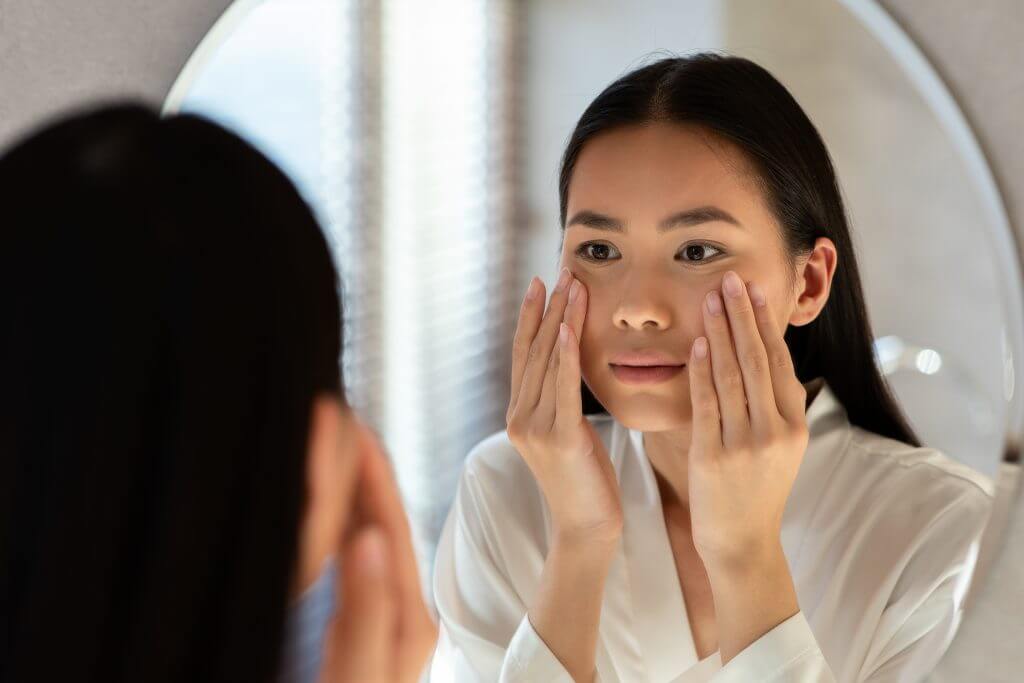
Diet and lifestyle changes can also have a significant impact. Reducing the intake of sugary foods, such as sweet snacks and refined carbohydrates, can help regulate oil production. Staying hydrated and maintaining a balanced diet rich in fruits, vegetables, and lean proteins can promote overall skin health. Managing stress through activities like yoga, meditation, or regular exercise can also help balance hormones and reduce sebum production.
The Role of Dermatological Treatments
For those struggling with severe overproduction of sebum, dermatological treatments may be necessary. Prescription medications like retinoids can help regulate oil production and prevent clogged pores. In some cases, oral medications like hormonal treatments or isotretinoin may be recommended. These treatments should always be discussed with a dermatologist to ensure they are appropriate for your skin type and condition.
In-office procedures such as chemical peels, microdermabrasion, and laser therapy can also be effective. Chemical peels use acids to exfoliate the top layers of skin, reducing oiliness and improving skin texture. Microdermabrasion gently exfoliates the skin’s surface, removing dead skin cells and excess oil. Laser therapy can target sebaceous glands to reduce their activity and control oil production over time.
Embracing Healthy Skin Practices
While sebum is necessary for protecting and hydrating the skin, excessive production can lead to any number of problems. By adopting a thoughtful skincare routine, making mindful lifestyle choices, and seeking professional advice when needed, it is possible to achieve a complexion that is both healthy and radiant. By staying informed and proactive, you can take control of your skin health and enjoy the benefits of a clear, balanced complexion.



